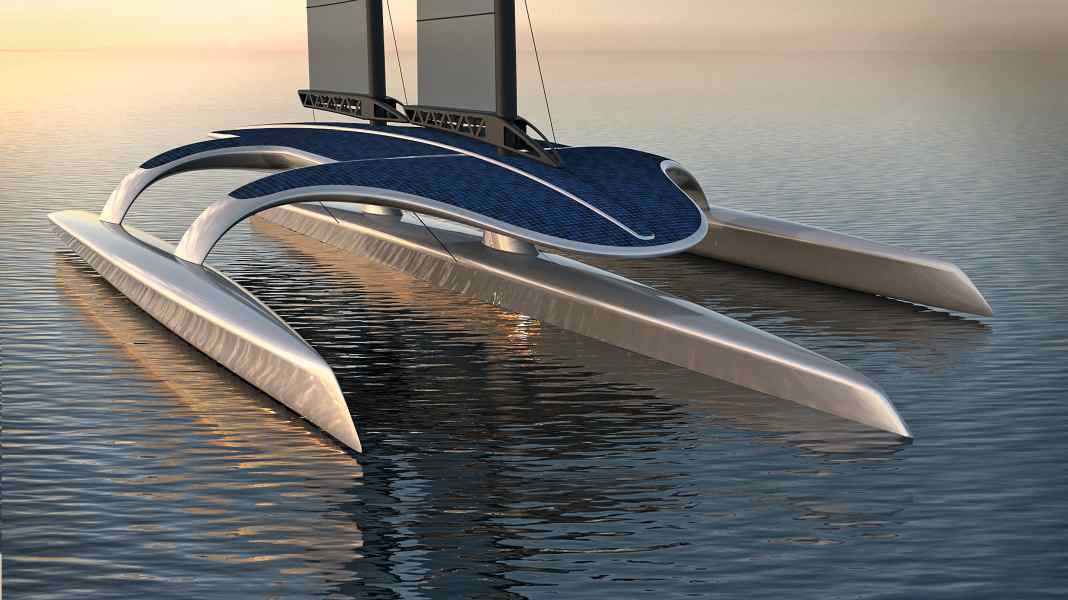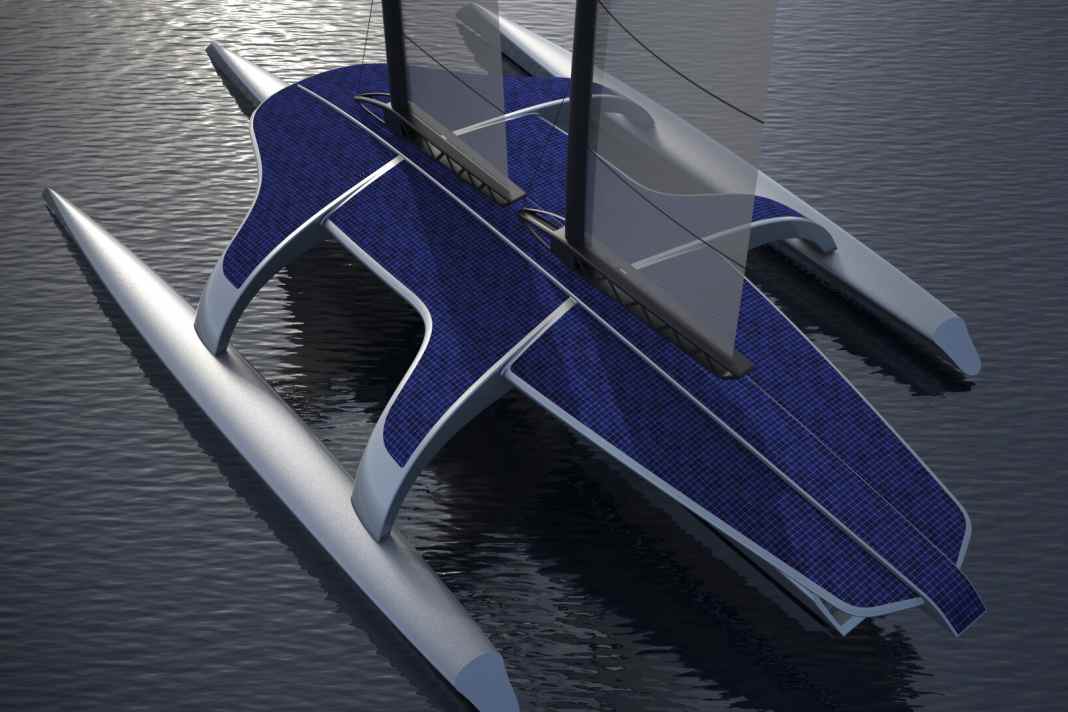Autonomous shipping: Visions of the future: the ghost ships of the 21st century
Pascal Schürmann
· 26.02.2022

Autonomous driving is becoming more and more of a reality: there are self-driving cars, buses without drivers and aeroplanes without pilots. The shipping industry is also focussing on artificial intelligence - in order to save personnel and become safer: At least three quarters of all accidents at sea are due to human error.
Experts estimate that it will be another 20 to 25 years before fully digitalised ships without crews can be used commercially on a large scale. However, various projects are already being tested. One of these is the "Mayflower" trimaran developed by IBM and the University of Plymouth.
Last summer, it was en route from the UK to the USA. After a few days, however, the self-propelled ship belonging to the marine research organisation ProMare had to turn back - due to "mechanical problems". The "Mayflower" is now due to set sail again in April. Its route will follow the historical model, i.e. the galleon that sailed to America with settlers in 1620.
However, the project is now significantly smaller than planned due to a lack of sufficient funding. The original intention was to build a yacht over 30 metres long, which was developed by Shuttleworth Design. This trimaran would have had two masts and a rig with 159 square metres of canvas; it would have been capable of speeds of around 20 knots. In optimal wind conditions, the tri was to be able to cross the Atlantic in just seven to ten days.
After that, however, the rig was first reduced by one mast, which was then also removed. The current, solar-powered and unmanned "Mayflower" from ProMare still measures 15 metres. It runs exclusively on electric motors and can reach a maximum speed of ten knots.






